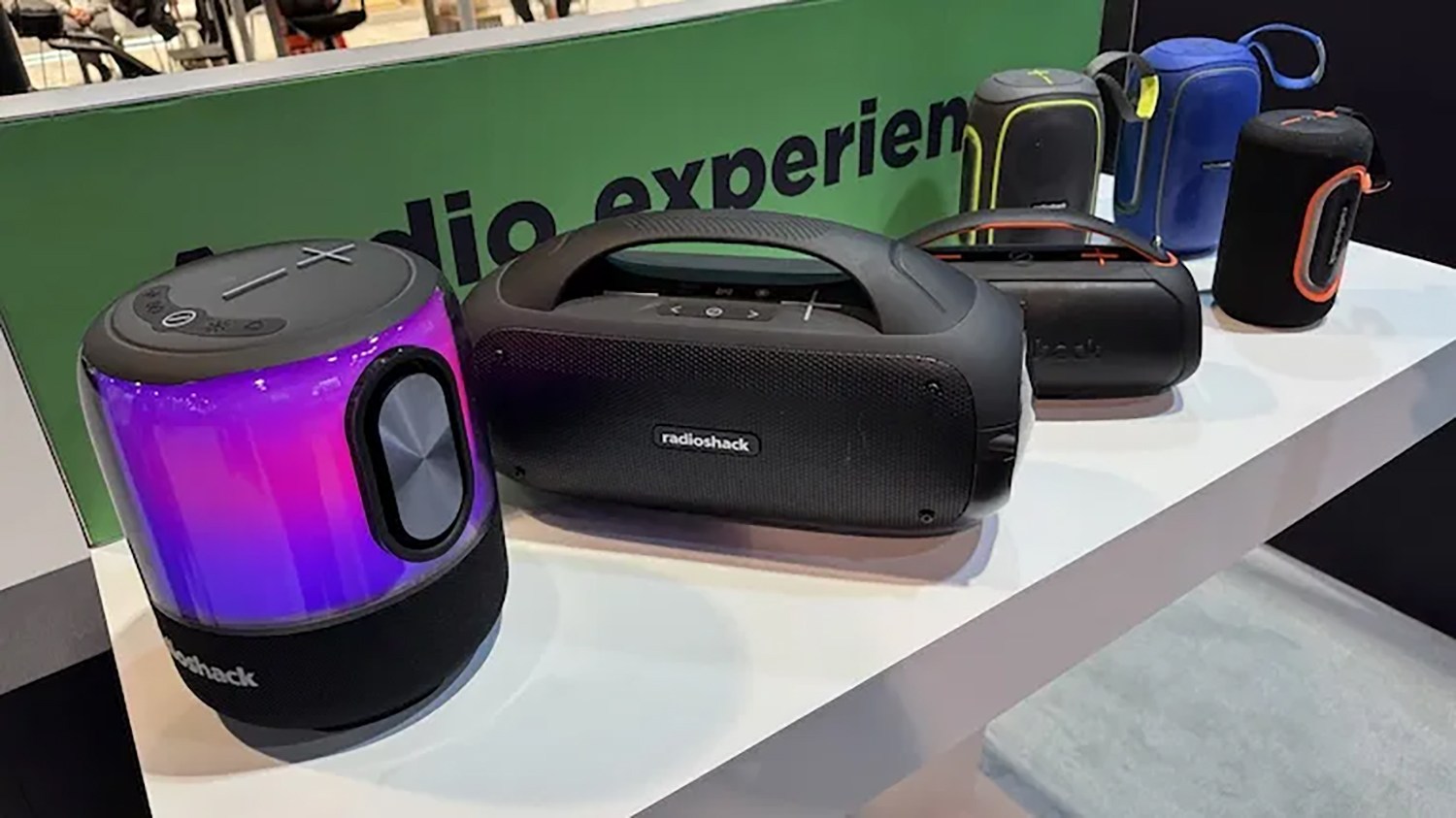National Transportation Safety Board investigators are looking into the crash of a Tesla into a fire engine on the 405 Freeway after local firefighters said the Tesla driver told them the car was on Autopilot at the time of the collision.
The luxury car slammed into the back of the fire engine while traveling at a speed of 65 mph on Monday, Culver City firefighters tweeted. No injuries were reported, but a day later, the collision had managed to draw the attention of federal investigators.
In an Instagram post, the Culver City firefighters’ union said the Tesla “plowed into the rear of Engine 42” while crews were responding to a downed motorcycle on the 405 Freeway.
Firefighters said the Tesla driver claimed the car was on Autopilot — a feature that has hardware for “full self-driving capability at a safety level substantially greater than that of a human driver,” as the company explains on its website.
Other crashes involving Tesla’s self-driving feature have been blamed on an “over reliance” drivers develop on Tesla’s Autopilot system, as the National Transportation Safety Board said in September following an investigation into a fatal Florida collision. In a crash on Friday, in San Francisco, the driver of a Tesla told authorities the car was on Autopilot before he was arrested on suspicion of drunk driving.
In September, the safety board advised Tesla to make a number of changes to the Autopilot system — which is not autonomous — to make it safer, and the carmaker did make a few.
While working a freeway accident this morning, Engine 42 was struck by a #Tesla traveling at 65 mph. The driver reports the vehicle was on autopilot. Amazingly there were no injuries! Please stay alert while driving! #abc7eyewitness #ktla #CulverCity #distracteddriving pic.twitter.com/RgEmd43tNe
— Culver City Firefighters (@CC_Firefighters) January 22, 2018
The company currently classifies the Autopilot feature as a “driver assistance system,” making it still reliant upon the human driver. In a statement to KTLA about the Culver City crash, the company said: “Autopilot is intended for use only with a fully attentive driver.”
After the fatal crash in Florida in May 2016, NTSB said Tesla’s Autopilot system was not designed to — or just not able to — identify a truck crossing its path that it ended up hitting.
“Therefore, the system did not slow the car, the forward collision warning system did not provide an alert, and the automatic emergency braking did not activate,” the safety board said of the moments leading up to the fatal crash.
Notably, the safety board also said the Tesla driver’s over reliance on the Autopilot system could also be seen as a “probable cause” of the collision. But that reliance was the result of Autopilot’s design, which allowed for the driver to actually disengage from “the driving task” for prolonged periods of time, the board said.
The self-driving hardware and software inside the Tesla Model S includes an onboard computer and a set of eight cameras that are supposed to provide 360-degree visibility around the car for a range of up to 820 feet, the company website states. There are also “ultrasonic” sensors all around the vehicle to detect hard and soft objects.
“All you will need to do is get in and tell your car where to go,” the company states. “If you don’t say anything, the car will look at your calendar and take you there as the assumed destination or just home if nothing is on the calendar.”
In the Tesla Model S owner’s manual, however, the company warns drivers of possible issues that may arise with Autopilot. This could be the car changing lanes or suddenly accelerating when someone puts on a turn signal.
Still, following the fatal Florida crash, federal investigators said the design of Autopilot “enables” drivers to ignore such warnings. Tesla made some changes after that investigation, the board said, including reducing the amount of time before the Autopilot system alerts the driver of when his or her hands are off the steering wheel.
The transportation safety board also issued safety recommendations to the U.S. Department of Transportation, National Highway Traffic Safety Administration and two other manufacturers of Level 2 vehicle automation systems.
“While automation in highway transportation has the potential to save tens of thousands of lives, until that potential is fully realized, people still need to safely drive their vehicles,” said the board’s chairman, Robert L. Sumwalt III, in a statement last September.
KTLA’s Jennifer Thang contributed to this story.
Two NTSB investigators from HQ to conduct field investigation of Jan. 22, crash involving a Tesla and fire truck, near Culver City, CA. Focus of field investigation is driver and vehicle factors.
— NTSB_Newsroom (@NTSB_Newsroom) January 23, 2018












